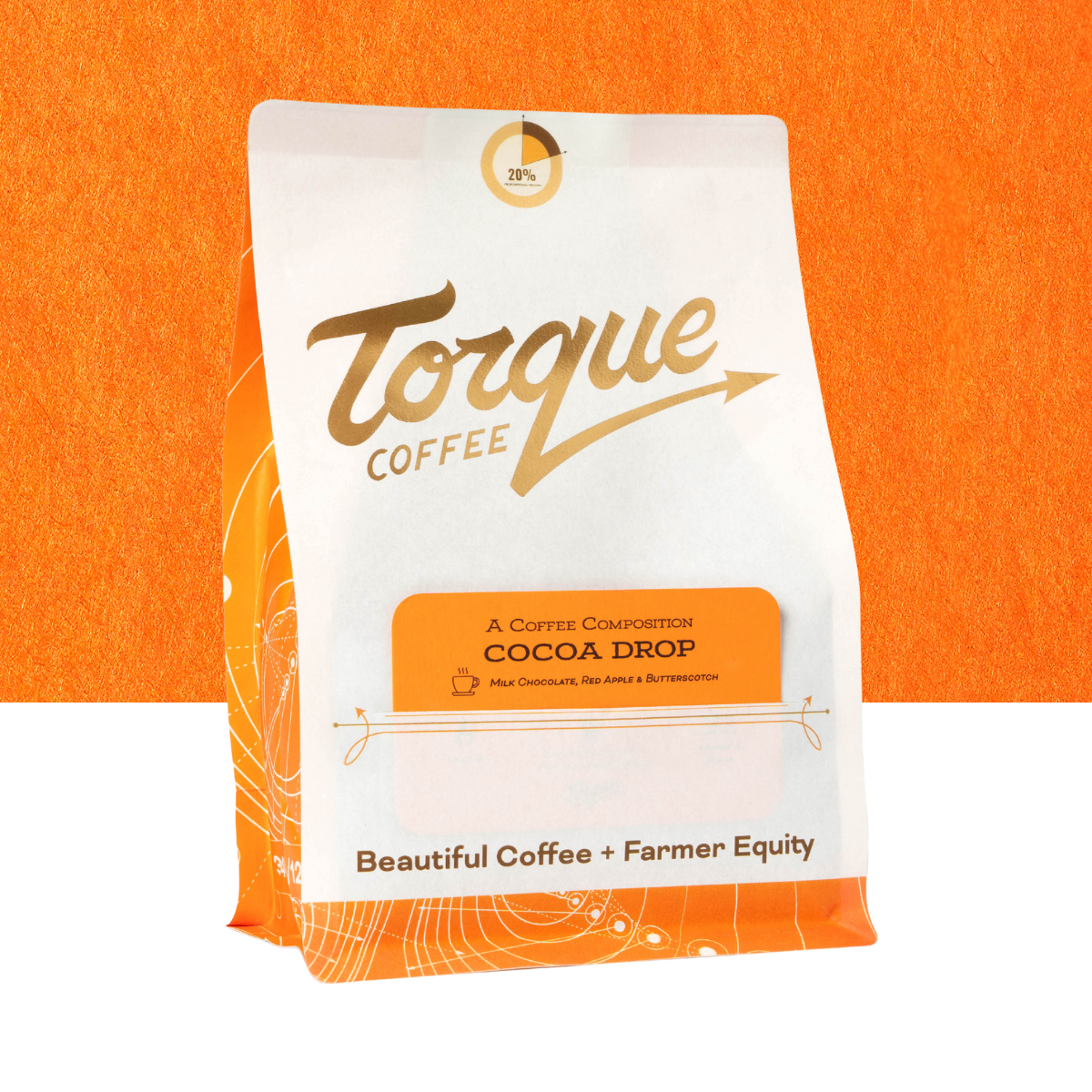DCN: Specialty Coffee Stands Upon an Unsustainable Foundation of Double Standards
Article excerpt from Daily Coffee News

A perennial topic in the coffee industry is the balance of economic sustainability and market forces.
Every year, questions surrounding value and producer income are explored in endless detail in filled lecture halls at industry events and in earnest white papers; yet every year the chasm between procurement and sustainable value distribution seems to grow wider. The coffee industry over and over again has stated its commitment to valuing farmers, yet routinely fails to meaningfully address income distribution.
This failure has had ramifications. Younger generations are abandoning farms for careers with greater stability and pay. Meanwhile in some coffee-farming communities, food insecurity and lack of other opportunities can drive migration.
According to Cory Gilman, director of strategic initiatives at Heifer International, an INGO that has worked with smallholder farmers for more than 75 years, “The lack of viable livelihoods — stemming from untenable prices — is a systemic problem which traps producing communities in poverty cycles.”
Gilman further stated that while production of Arabica coffee has increased close to 50% since the 1990s, farm income from coffee has correspondingly halved. In Nicaragua, for example, one of every two coffee farmers lives in extreme poverty and up to 70% experience food insecurity, according to Heifer’s research.
As Gilman stated, “Lack of adequate compensation deeply impacts entire rural communities on multiple socio-economic and environmental levels.”
This also leads to environmental ramifications. According to Gilman, when higher production volume is the only marketable option to earn more, tree canopy tends to come down and crop density goes up.
Said Gilman, “Deforestation is an inevitable result of moving away from the kind of agroforestry coffee production typical of smallholders to more intensive cultivation.”
Some buying organizations invest at the farm and mill level to improve quality and efficiency, but those benefits are easily canceled by a retrograde market, and ultimately often benefit individual buyers rather than large groups of producers.
“Of course, these projects are supportive of farmer well-being; in a good market, the combination of technical support services can bring producers to a living income or above,” said Gilman. “But good markets are few and far between, so usually what’s realistic is livelihood improvement rather than truly thriving families. In these cases, projects are the difference between hanging on and falling off an economic cliff. Absolutely the most impactful, sustained results come from a combination of farm improvements and pricing commitments.”
The Coffee Supply Chain is Unbroken
The coffee industry is built upon a set of structural double standards that apply to the scale and the manner of distribution of income while delivering the most economic and marketing benefits to actors in historically consuming countries.
Despite a genuine interest in equitable exchanges with producers, green coffee buyers continue to turn to the commodities market as a price discovery mechanism — i.e. a measure of value. Meanwhile, those same actors who buy and roast coffee are able to set their own prices at will.
In the specialty coffee segment, where dollars per pound of coffee often appear to be significantly higher than the commodities-market rate (loosely referred to as the “C price”), the double standard remains. Even proud and genuinely well-intentioned “direct-trade” coffee companies, who buy based on relationships and cup quality, are susceptible to the double standard, since their purchase prices continue to be measured against the C, no matter how much they may wish to be detached from it.
Yet what international standards define how we price roasted coffee? There are none. In a down market or an up market, the cost of a bag on the shelf is relatively stable. More importantly, its price is determined entirely by the seller.






